Buy Eosin Y 0.5% (17372-87-1) MF: C20H6Br4Na2O5 | MW: 691.85. Get High Quality Eosin Y 0.5% (17372-87-1) from Tristains.
Eosin Y, also referred to as Eosin Yellowish or Acid Red 87, belongs to the xanthene class of synthetic dyes. Its chemical formula is C20H6Br4Na2O5. Typically, Eosin Y is dissolved in water or an alcohol-based solvent to form a 0.5% solution. This lower concentration is commonly utilized in histological and cytological staining protocols to enhance the contrast of cellular components, especially when combined with other stains like hematoxylin. Eosin Y is a derivative of fluorescein. In the histological staining method known as hematoxylin and eosin (HE) staining, Eosin Y 0.5% is frequently employed as an aqueous reagent to serve as a contrast dye for hematoxylin. This technique enables improved visualization and differentiation of cellular structures. The nuclei of microscopic samples are stained blue using hematoxylin, while the cytoplasm is stained in various shades of pink using eosin.
TriStains series products are carefully tested to ensure accurate, reliable, and reproducible results. Our products are available in different packaging sizes to allow you to get all types of stains & Indicators for your specific purposes from a single source.
In-addition Tristains also deals in numerous Laboratory Supplies, Chemicals, Equipment, Instruments, Reagents, Standard Solutions, Buffers, Histological Stains/Biological Stains & Indicators and many more, for more information please visit our website www.tristains.com or email to sales@tristains.com we will be happy to help you. All Tristains Products are exclusively distributed by Dawn Scientific Inc (https://dawnscientific.com)
Application :
- Eosin Y 0.5% is commonly used as a counterstain in the H&E staining protocol.
- Eosin binds to the positively charged plasma proteins. Cytoplasma and intercellular substances are stained pink to red, while erythrocytes will appear with yellow to orange color.
- In cytology, it is used to stain cell smears, providing contrast to cellular components and making it easier to identify and study cells under a microscope.
Benefits :
- Provides clear and distinct pink to red staining, enhancing contrast between different cellular components and structures
- Versatile, cost-effective and easy to use
- Produces stable and consistent staining results
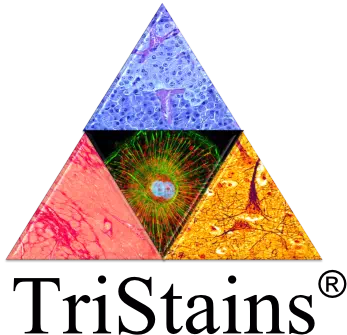
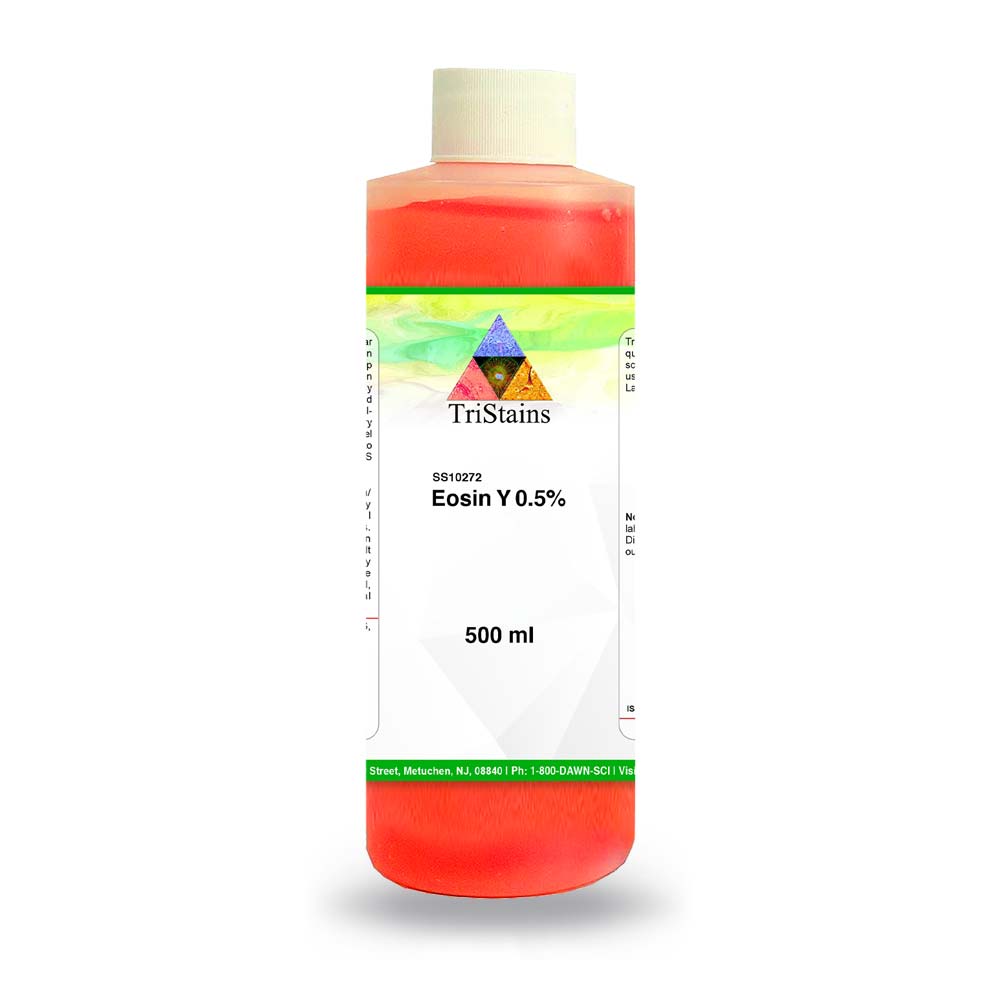
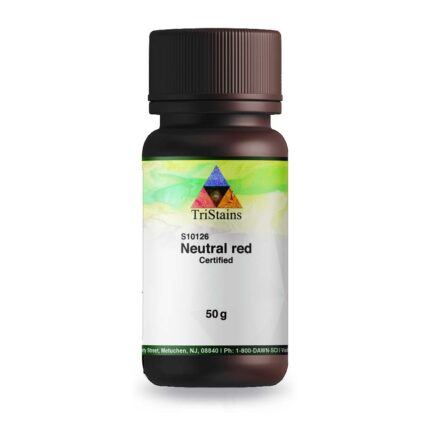

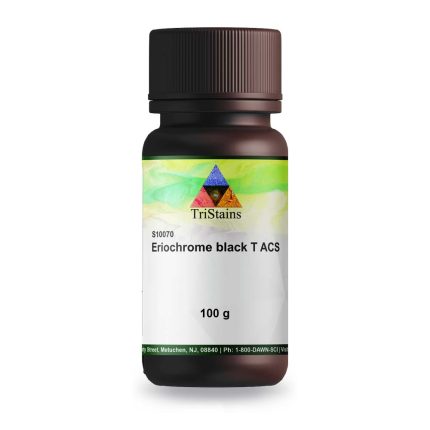


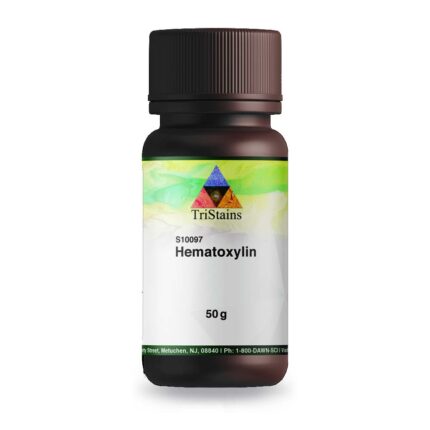
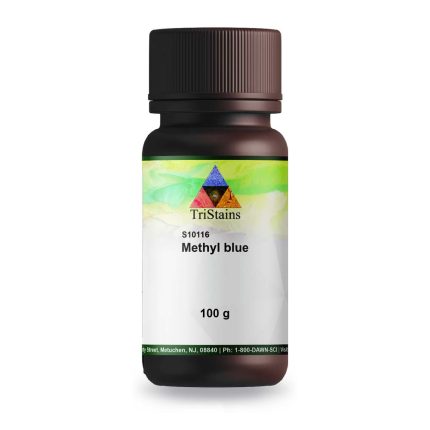
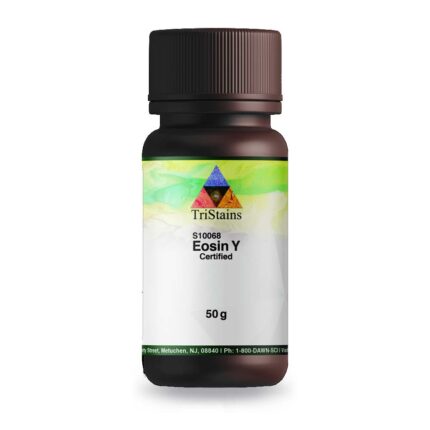



Reviews
There are no reviews yet.